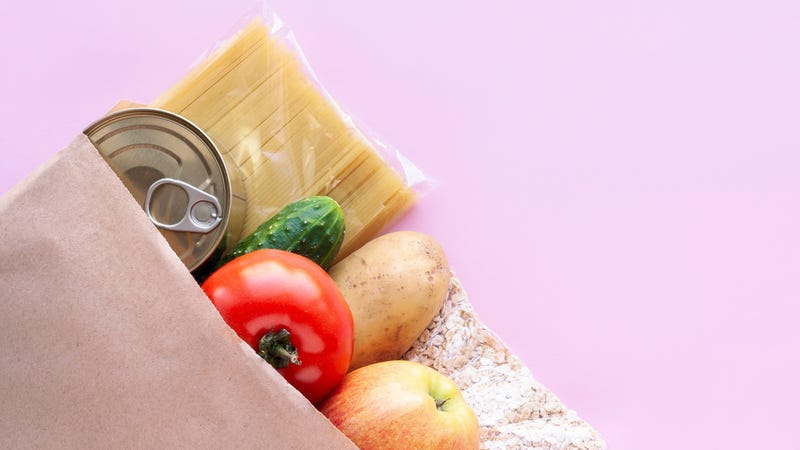
Twin Cities-based food bank Second Harvest Heartland is warning that Minnesota's so-called "hungriest summer" may lead to the state's "hungriest fall."
Allison O'Toole, CEO at Second Harvest Heartland, says food distribution numbers this summer are higher than than they were two-years ago at the height of the COVID-19 pandemic.
"That is jarring and it is sobering," O'Toole said. "I think families are struggling still with sky-high consumer prices and inflation just really pinching family budgets."
For many families, cutting costs starts with reducing food budgets.
"Grocery prices are outpacing wages as well, so we're hearing from food shelves that they're seeing a 30 percent or more increase in visits this summer," added O'Toole.
As one of the largest, most efficient, and innovative food banks in the United States, Second Harvest Heartland is tasked with sourcing millions of pounds of food which gets repackaged and distributed to community partners.
Supply chain challenges cause by the pandemic, and now inflation, means Second Harvest Heartland is buying more food and spending more money to meet community needs.
"Our prices are up about 25 percent across the board," O'Toole said. "It makes it tough for us to do our job."
Expiring benefits provided by the government during the pandemic have also taken a toll.
"Things like the Enhanced Child Tax Credit, or enhanced SNAP or food stamp benefits that were helping families. We saw those work and those are gone now. That just puts right back in this hungriest summer and what I fear will be the hungriest fall and autumn we've ever seen."
Over the weekend, Second Harvest Heartland partnered with Fellowship Missionary Baptist Church in north Minneapolis for a free produce distribution. The goal was to distribute thousands of pounds of fresh, locally grown produce to over 120 households.
"Partnering with local, trusted community organizations is essential to addressing hunger, especially what we call the racial-hunger divide," O'Toole said. "We know that in 2020, Black Minnesotans were six-times more likely to be food insecure than white, non-Hispanic Minnesotans. Hispanic people were almost five-times as likely. We want to make sure we're partnering with trusted organizations and communities that need a little more help. We feel a deep responsibility that we need to get this right."

